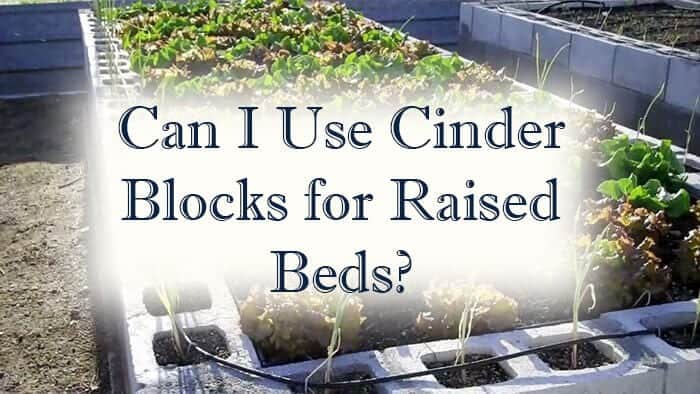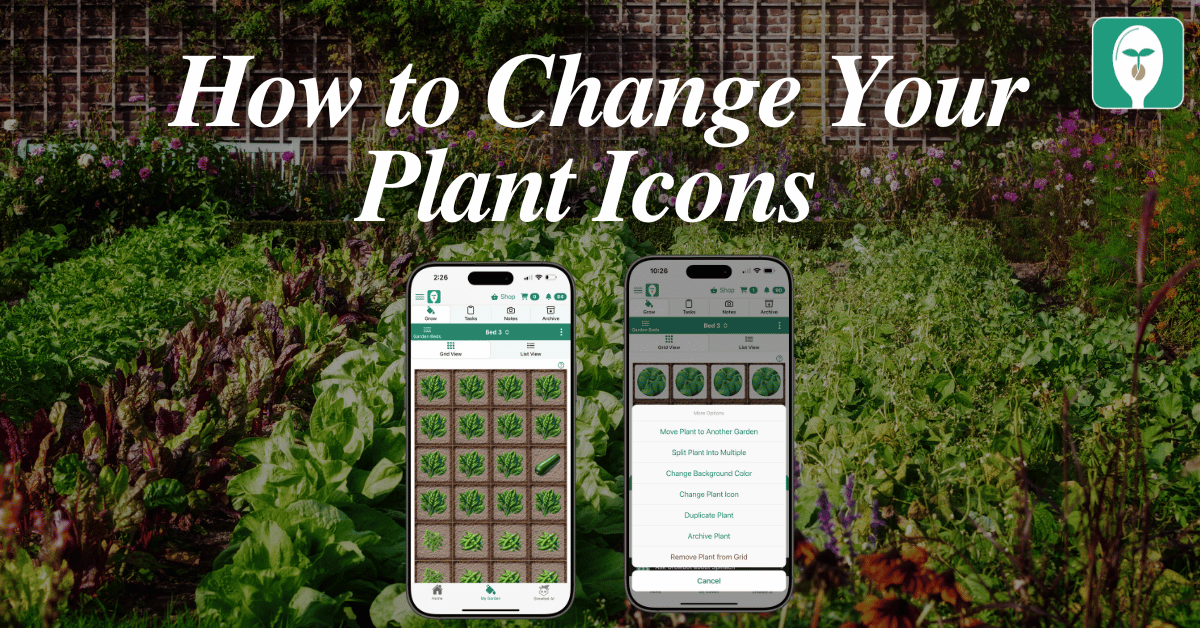Update: One idea to combat some of the issue related to heat would be to insulate the bed with wood chips up to near the top of the cinder block. I’d think this would help with many of the issues related to overheating.
I’ve spent some time researching whether or not it would be a good idea to use cinder blocks to build a longer-lasting raised bed and wanted to share the best information I found about the topic. Out of everything I found, this article summarizes the information best. The author, Mike McGrath, also hosts the You Bet Your Garden radio show and podcast. It’s one of the best resources I’ve found for solid and fully-researched gardening info. Mike’s books are also full of great information. This pretty much sums up the potential issues:
“Now, the question of leaching from these blocks is, as our listener states, endlessly debated. But the aggregate in any kind of block is bound up pretty tightly, so the main concern might more realistically be about the cement common to all these objects. Cement is made from lime, which is highly caustic and alkaline in its basic form. Objects made with cement have the potential to raise soil pH, especially in areas with acidic soils and/or lots of rain. One overwhelming piece of advice I found was that whatever you do, don’t use any kind of block near acid-loving plants like blueberries. It could raise the pH of their soil up into levels unhealthy for those kinds of plants.”
I love the idea of building raised beds out of something longer lasting than wood but the potential pH issues are a bit of a concern. However, several people have told me they’ve used concrete blocks for raised beds for years without any issues. If I had access to cheap or free concrete blocks I’d certainly give it a try. Have you used cinder blocks for raised beds? Please let me know in the comments if you’ve tried it and how it’s worked for you.
Source: http://whyy.org/cms/youbetyourgarden/is-it-safe-to-use-cinder-blocks-in-raised-beds/
Dale Spoonemore is the visionary co-founder of “From Seed to Spoon,” a groundbreaking platform that has revolutionized the way individuals approach gardening. His journey from a novice gardener to a leading advocate for sustainable living and mental wellness through gardening is a source of inspiration to many. Dale’s personal transformation and dedication to making gardening accessible and enjoyable have propelled “From Seed to Spoon” to become a vital tool for gardeners of all skill levels.
Dale’s venture into gardening began as a personal quest to improve his family’s health and well-being. Faced with the challenges of learning how to garden without prior experience, Dale turned his journey into an opportunity to simplify gardening for others. He leveraged his background in technology to develop the “From Seed to Spoon” app, which guides users through the process of starting their own gardens with ease. The app covers everything from selecting the right plants for your region to tracking your garden’s progress.
Beyond the app, Dale’s contributions to the blog reflect his deep understanding of gardening, his commitment to organic practices, and his belief in the therapeutic benefits of connecting with nature. His posts are rich with practical advice, personal anecdotes, and a clear vision for a healthier world through gardening. Dale often shares innovative gardening techniques, ways to incorporate technology into gardening, and tips for growing a wide variety of plants.
Dale’s passion for gardening is matched by his advocacy for mental health. He openly discusses how gardening has been a crucial part of his own mental health journey, offering a powerful testament to the restorative and calming effects of nurturing plants. Through his work, Dale aims to inspire others to discover gardening as a pathway to physical and mental health, sustainability, and a deeper connection with the environment.
As a key voice on the seedtospoon.net blog, Dale Spoonemore continues to educate, inspire, and empower individuals around the globe to start their own gardening adventures. His story is not just about planting seeds in the ground; it’s about planting seeds of change in communities, encouraging a shift towards more sustainable living practices, and fostering a global movement of wellness through gardening.








2 thoughts on “FAQ – “Can I build a raised bed out of cinder blocks instead of wood?””
Well, that explains it! I made a cinder block garden 2 years ago, I planted lavender in the holes, and blueberries in the middle, adding peat, and an acidic soil mix for the blueberries. The blueberries were dead by July of last summer, all 6 of them. But the lavender looks fabulous! They love the alkalinity!
I have several raised beds made 2 cinder blocks high. Love them. I have filled some of the holes with dirt and some I have covered the holes with the thin solid cinder blocks that are the same size. There are at least four beds that are 20×4 and a few more beds of different sizes. I have grown tomatoes, peppers, beans, cantaloupe, cucumbers, onion, potatoes, leeks, beets, carrots, etc.